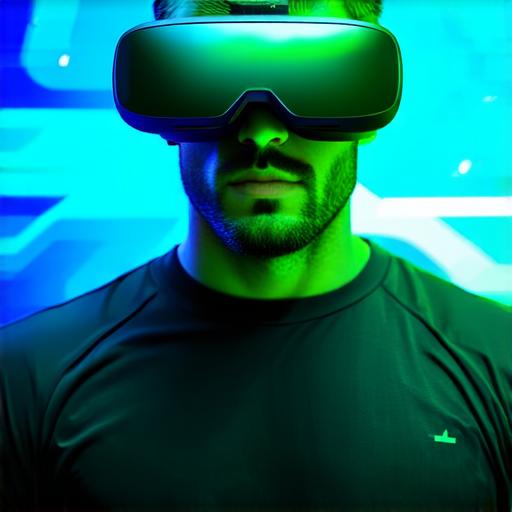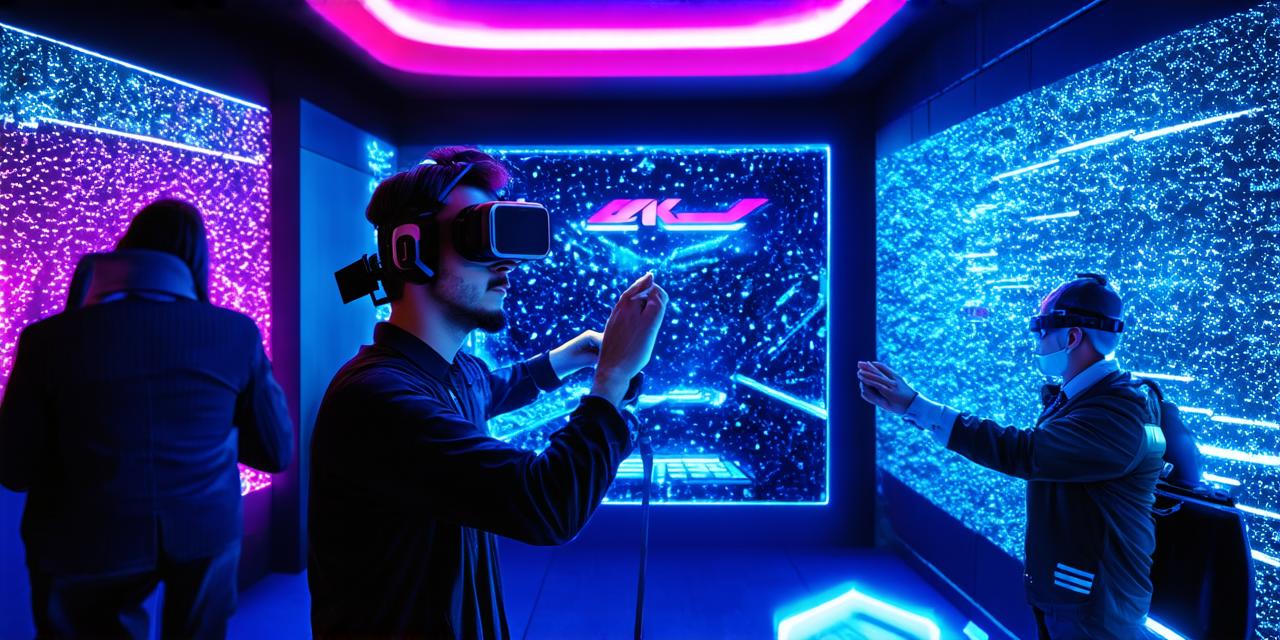Virtual reality (VR) is a technology that allows users to experience computer-generated simulations as if they were real-life environments. In this article, we will explore what virtual reality is, how it works, and its potential applications in various fields.
What is Virtual Reality?

Virtual reality is a computer-generated simulation of a 3D environment that can be interacted with by a user wearing a head-mounted display (HMD) or other sensory devices. The HMD creates an immersive experience for the user by tracking their movements and adjusting the virtual environment accordingly.
How does Virtual Reality work?
Virtual reality works through the use of sensors, such as accelerometers and gyroscopes, which are attached to the user’s body or head-mounted display (HMD). These sensors track the user’s movements and translate them into commands that control the virtual environment. The HMD also includes displays that project high-resolution images onto the user’s retinas, creating a 3D illusion of depth and movement.
Potential Applications of Virtual Reality
Virtual reality has many potential applications in various fields, including gaming, education, healthcare, and training. In gaming, virtual reality allows users to fully immerse themselves in a game world and experience it as if they were physically present. In education, virtual reality can be used to create interactive simulations that allow students to explore historical or scientific concepts in a safe and controlled environment. In healthcare, virtual reality can be used for therapy and rehabilitation, allowing patients to practice physical movements and improve their cognitive skills in a simulated environment. In training, virtual reality can be used to simulate real-world scenarios, allowing employees to practice and perfect their skills without the risk of injury or damage to equipment.
In conclusion, virtual reality is a powerful technology that has many potential applications across various fields. As the technology continues to evolve, we can expect to see even more innovative uses for virtual reality in the future.
